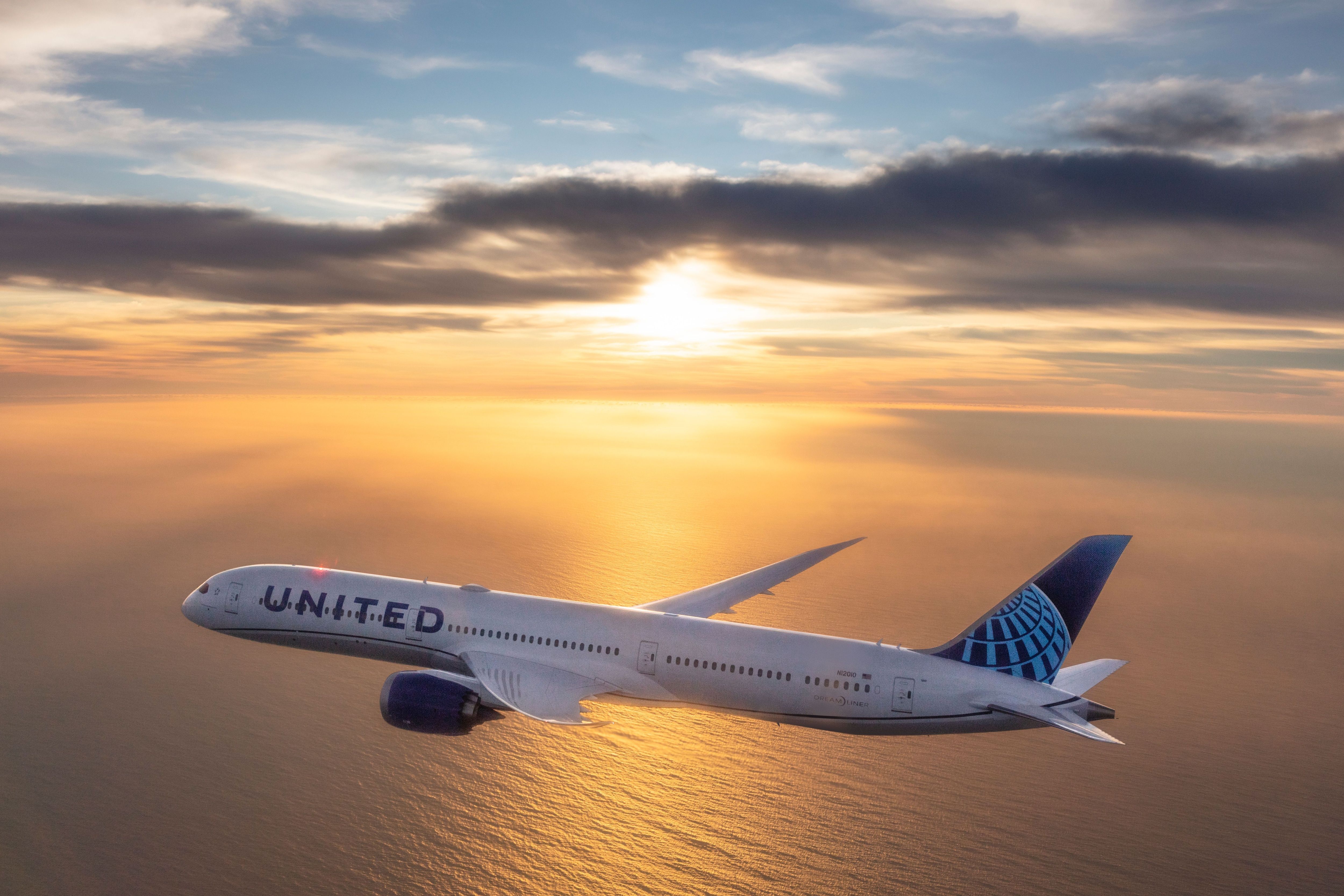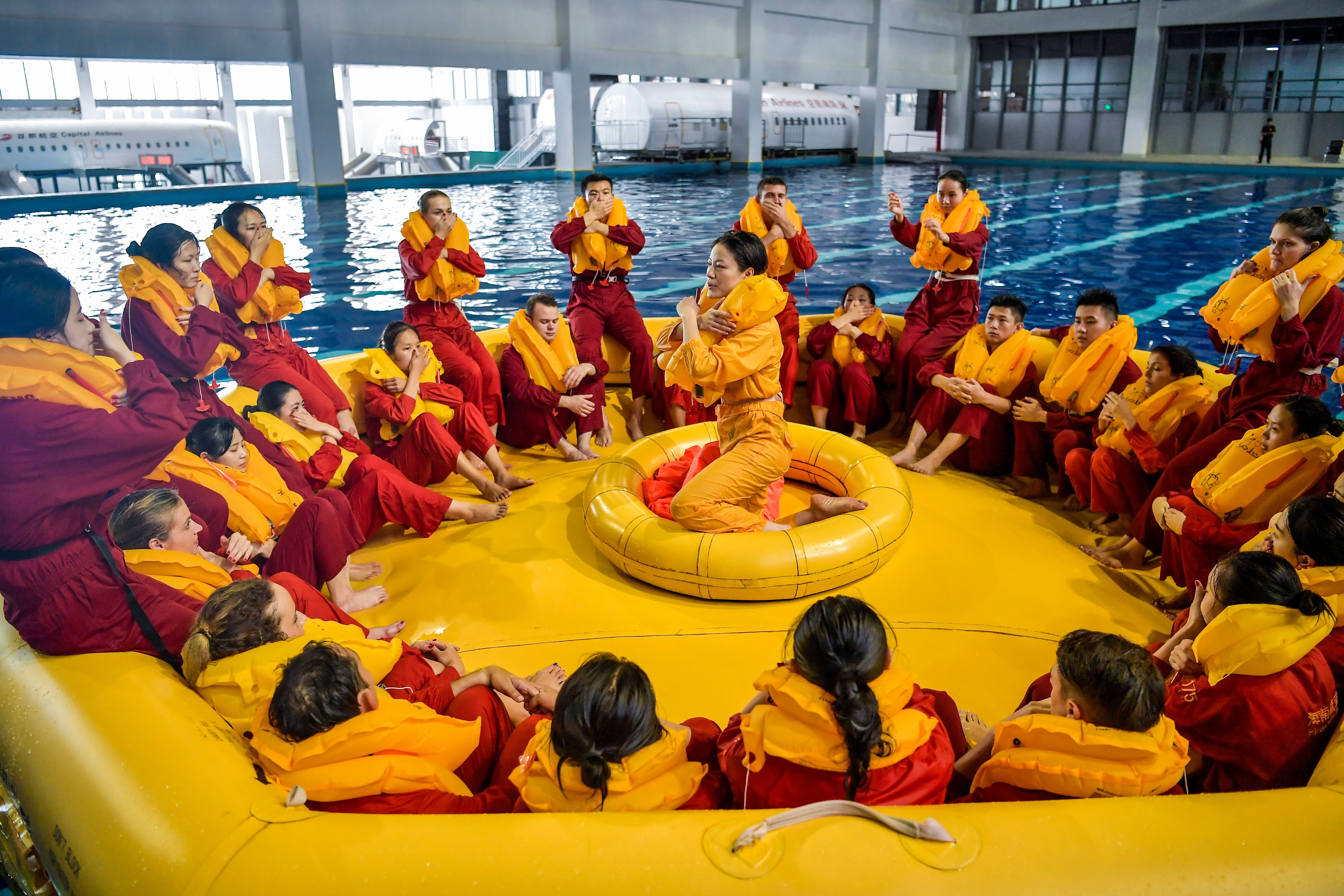A flight attendant's training is mostly about safety and the procedures they need to follow in an emergency situation. Landing on water, or 'ditching', is something that they hope they never have to actually do, but it is an essential part of training.
The most famous ditching in recent years was the Miracle on the Hudson in 2009 (US Airways flight 1549) after a bird strike stopped both engines from working and the pilots had no choice but to land the aircraft on the Hudson River. After the ditching, passengers and flight attendants were seen climbing onto the slide rafts and the aircraft wing and were rescued quickly by the emergency services. All passengers and crew survived.
More recently, Air Niugini flight 73 ditched just short of the runway in 2018, and the crew and passengers evacuated on the water and were rescued by local people who had small boats. Unfortunately, one passenger died.
Requirement for swimming
The general requirement is that all flight attendants can swim a distance of between 25 and 50 meters without a flotation device and be able to tread water for three minutes. This is purely for the purpose of ditching training. This will be held at the airline's training facility for ditching, or wet drills as they are sometimes known, which includes an aircraft simulator, pool area and safety equipment including life jackets, life rafts and survival packs. Otherwise, a local swimming pool will be used.
Ditching training/wet drill
Firstly the flight attendants, will don their life jacket and inflate it before jumping into the pool. Some airlines, test the flight attendants can swim a length on their own before throwing life jackets in to the pool for them to put on and inflate them. All crew are clothed (not swimwear!) to simulate the effect of having to wear wet clothing in the water. Then the flight attendants will all climb onto a life raft and help each other onboard. Depending on the aircraft type, the slide rafts differ and there may be canopies to erect and survival kits to deploy.
They will also be shown how to position themselves on the life raft to get the most people onboard and be safe. After this, the flight attendants jump back into the water and group together to practice survival techniques, such as the 'help' and 'huddle' positions, which best enable people to stay warm in the cold water. The physiology of being in water and hypothermia are discussed. The final part of the training is to practice pulling an 'unconscious casualty' through the water.
Depending on the life raft type, they will practice how to release or inflate the life raft, activate it and the equipment included with the raft for survival. This may include things like flares, signaling equipment, food and water rations and a water bailer and anchor. Some training centers have more facilities, such as a storm and wave simulator or underwater egress equipment to simulate getting out of an enclosed space underwater.
Changes ahead?
Swimming is an important skill for flight attendants to have, although some would argue that most of the time during ditching training you are wearing a life jacket, so it is not so important. Virgin Atlantic changed their flight attendant swimming requirement in 2019 but did advise and offer the chance for new crew members to have swimming lessons, which is a very approachable idea for potential crew who may not have learned to swim.



